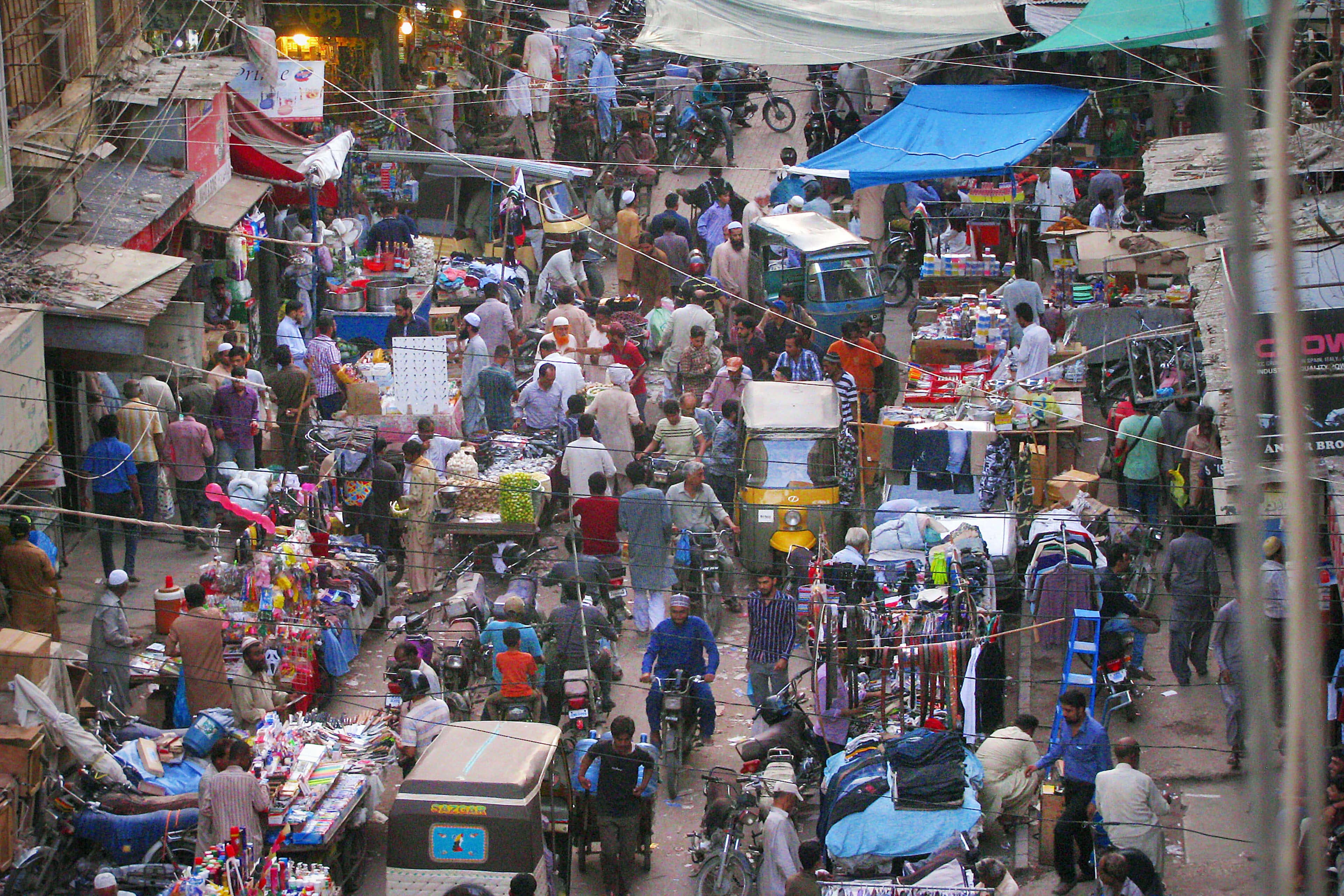
Consider tomorrow’s benefits, today
So why do so many cities fail to prioritize integrated projects?
Much of the problem lies with funding. Many planners believe it’s easier to secure investment for ‘pure’ infrastructure projects, because of the return they’ll bring. Others are so grateful for government-driven investment that they don’t question whether the projects are forward-looking enough. Instead, they’re swayed by the economic benefits of doing projects today, to meet current challenges.
Through our work with clients, plus our partnership with 100 Resilient Cities, we’ve seen some interesting ways that cities can overcome these issues – and become better places to live. Here are three:
- Mobilize the private sector capital available for investment. Multilateral development banks, such as the Asian Infrastructure Investment Bank, the Asian Development Bank and the World Bank, are a key platform for doing this. By supporting initiatives such as the ‘One Belt, One Road’ strategy, these institutions ‘crowd in’ private sector capital alongside their own investments. This in turn makes it easier to attract interest from the capital markets.
- Create a unique sense of purpose for investment in urban development. Cities that have a clear strategy for what they want to invest in, then develop detailed plans to execute that strategy, reap real rewards. Da Nang in Vietnam is a good example: it had a stated strategy to become a major tourist hub for Southeast Asia. To bring this into effect, it rolled out a program of investment in major hotels and tourist-related activities. It also developed the supporting infrastructure the city needed, such as transport and utilities.
- Consider the economic benefits of resiliency when planning major infrastructure. Cities that do this from the outset can then prioritize projects based on the total future economic benefits (and associated costs) they bring. And by viewing initiatives through the lens of long-term resiliency, they’ll be able to future-proof their investment, too.
Related article
Summary
To build sustainable cities in the future, organizations need to create resilient infrastructure today.


